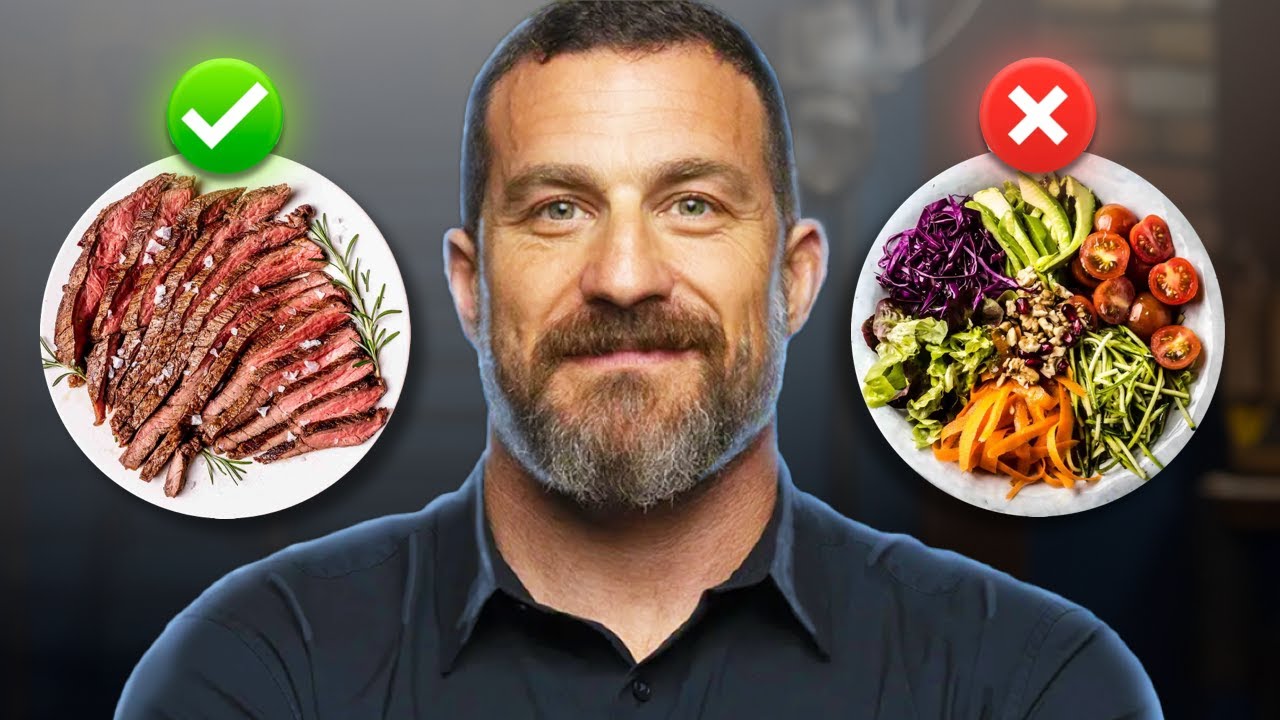Blackheads, whiteheads, and acne can feel like a never-ending battle, often leading people to reach for quick-fix creams or harsh extraction tools. But these approaches treat only the symptom, not the source. The root of clearer, healthier skin isn’t found in your skincare routine—it’s found in your diet, hormones, and nutrient balance.
As a leading nutritionist and professional chef with over two decades of experience, I’ve helped countless individuals heal chronic skin issues from the inside out. This article breaks down the real causes of acne, the science behind skin oil composition, and how a nutrition-focused strategy can offer lasting results—without expensive creams or risky extractions.

Why Squeezing Pimples Can Be Dangerous
Using tweezers, extractor tools, or even your fingers to pinch out blackheads and whiteheads may offer temporary satisfaction—but it comes with a cost. Improper manual extraction can lead to scarring, skin infections, and long-term inflammation.
Instead of picking at your skin, it’s time to understand what’s actually causing these blemishes.
What Causes Blackheads and Whiteheads?
Both blackheads and whiteheads form when pores become clogged with oil and dead skin cells. The main difference is oxidation. When the pore is open and the contents are exposed to air, the oil darkens—creating a blackhead. A whitehead, by contrast, remains under the surface and does not oxidize.
But here’s the twist: it’s not just about too much oil. In fact, many people misunderstand the core issue entirely.
The Truth About “Oily Skin”
Most acne sufferers don’t just have “excess oil”—they have abnormally sticky and thick oil that fails to flow properly out of the pores. This sticky sebum clogs follicles, creates buildup, and becomes a breeding ground for bacteria. So the real question becomes:
What causes this thick, glue-like oil in the first place?

The Top 5 Root Causes of Sticky Sebum and Acne
1. Hormonal Imbalance (DHT Overproduction)
During puberty or under hormonal stress, androgens—particularly DHT (dihydrotestosterone)—spike. DHT alters oil gland activity, transforming normal sebum into a dense, waxy substance that clogs pores.
2. High Insulin Levels (Driven by Sugar and Refined Carbs)
A diet high in refined sugars and starches (like white bread, soda, chips, and pastries) spikes insulin levels. Elevated insulin increases androgen production—worsening DHT levels—and triggers inflammation, a known acne contributor.
3. Zinc Deficiency
Zinc plays a critical role in regulating oil gland activity and reducing DHT conversion. A poor diet—especially one rich in processed foods—can deplete zinc levels, resulting in thicker sebum, higher inflammation, and slower skin healing.
4. Vitamin A Deficiency
Vitamin A helps maintain the structure and function of skin cells. Without it, oil glands become dysfunctional, leading to clogged pores and breakouts. Importantly, zinc is required for vitamin A to be absorbed and utilized properly.
5. Seed Oils and Omega-6 Overload
This is perhaps the most overlooked but common culprit. Most commercial vegetable oils—like soybean, corn, sunflower, and canola oil—are high in omega-6 fats. These oils are unstable, pro-inflammatory, and get stored in your tissues for up to two years. Over time, they disrupt the natural composition of your skin’s oil and impair liver function, which is crucial for vitamin A absorption.
How Processed Foods Wreck Your Skin
Processed foods are packed with refined sugars, starches, and industrial seed oils—all of which:
- Spike insulin levels
- Deplete vital nutrients like zinc and vitamin A
- Damage liver health (reducing fat-soluble vitamin absorption)
- Alter your sebum composition
- Promote chronic inflammation
Your skin becomes the unfortunate target of this internal imbalance.

The Nutritional Solution: Heal Your Skin from Within
✅ Step 1: Eliminate Problem Foods
- Avoid ultra-processed snacks, fast food, and sugary beverages
- Cut out industrial seed oils: Canola, soybean, sunflower, safflower, grapeseed, corn oil
- Limit refined carbohydrates like pasta, white rice, and baked goods
These foods are primary drivers of insulin resistance and nutrient depletion.
✅ Step 2: Focus on Skin-Healing Foods
Instead of focusing on symptom-masking skincare, prioritize these whole foods to correct imbalances at the root:
1.Foods Rich in Zinc
- Oysters
- Grass-fed beef
- Pumpkin seeds
- Shellfish (especially crab and mussels)
2. Foods High in Vitamin A
- Grass-fed beef liver
- Pasture-raised eggs
- Cod liver oil
- Grass-fed butter
3. Foods That Lower Inflammation
- Wild-caught fatty fish (like salmon, sardines, and mackerel)
- Grass-fed lamb and beef
- Leafy greens
- Fermented vegetables (for gut health and detoxification)
Healthy Fats That Nourish Skin
- Avocados
- Extra virgin olive oil (in moderation)
- Coconut oil
- Nuts like macadamia and walnuts (in small amounts)

Advanced Tips for Clearer Skin
- Intermittent fasting: Reduces insulin resistance and balances hormones
- Hydration: Supports detox and healthy skin barrier function
- Avoid grain-fed animal products: Grain-fed poultry and pork may contain higher omega-6 levels
- Use natural skincare: Gentle, non-comedogenic products help support the external environment of your skin while internal healing takes place
Bottom Line: Skin Health Starts in the Kitchen
If you’re frustrated with chronic acne or clogged pores, stop blaming your skin and start addressing your internal environment. Blackheads and whiteheads are symptoms—not the root cause. Through dietary adjustments, you can rebalance your hormones, reduce inflammation, and transform your skin from within.
Long-lasting skin health isn’t about the newest cream or another extraction tool—it’s about nourishing your body with the right foods and eliminating the ones that disrupt your natural balance.

Ready to Heal Your Skin Naturally?
Explore more evidence-based wellness articles or reach out for a personalized nutrition plan tailored to your skin, hormones, and lifestyle. Healthy skin starts with informed choices—let’s make them together.



